How the labor market changed during the war: present and future prospects

In 2023, Ukrainians already understand that the war is for a long time and in these conditions it is necessary to somehow build their lives. We have learned to work even sometimes in very difficult conditions. Our understanding of life's priorities has changed significantly. Today, our main efforts are related to the maximum possible recovery of the economy and the labor market. In particular, with the ability to meet the needs of the army, purchase the necessary goods and services – on the one hand, and earn the necessary funds for this – on the other.
What is happening in the Ukrainian labor market? What professions are in demand? What professions turned out to be uncompetitive during the war? What to expect in the near future? Will there be enough labor in Ukraine for post-war recovery?
During the almost 20 months of full-scale invasion, Ukraine lost a significant portion of its population: people went abroad to escape the horrors of war (which is about 6 million people – mostly women of working age, 70% of whom have higher education, and children); more than 4 million Ukrainians were under occupation; unfortunately, the number of dead has increased, and not only among soldiers of working age, but also among the civilian population. We will finally calculate all these losses after the Victory, but it is already clear that the supply of labor on the Ukrainian labor market has significantly decreased. At the same time, the demand for it also experienced significant changes and reductions. Consequently, there have been devastating structural shifts: by types of activity, by the status of economic activity, by areas of residence, by incomes...
According to the data of the research conducted on behalf of ZN.UA by the sociological service of the Razumkov Center from September 28 to October 4, 2023, currently the largest number of Ukrainians work in trade (16.7% in total – 11.4% of men and 21.8% of women), agriculture (9.9% m – 13.4% and 6.5% of people, respectively) and education (9.7% – 4.2% and 15.3% of Ukrainians, respectively). In addition, 16.5% of men are employed in construction, 11.4% in transport, and 12.1% of women in health care. So, the modern Ukrainian economy mainly provides logistics, educational and medical services, reconstruction of destroyed objects and cultivation of agricultural products. An indirect sign of this is that only 17.3% of respondents emphasized the significant deterioration in the availability of social services (education, medicine, culture, social protection, etc.) during the war period. On the other hand, 8.3%, including 9.2% of women who use these services more often, noted the improvement of them.
The most unstable types of employment, where people often lose their jobs, but find them again quite quickly, are construction (this is where 14.8% of people who did not have a job in September 2023, but were looking for one, worked here. And this is, in particular, 26% of men) and trade (13.4% of both sexes, including 19.8% of women worked in this field).
Are gender characteristics preserved in the distribution of the employed by spheres of activity during the war? Yes, of course, and they have not changed too much compared to the peace period. Women are concentrated primarily in trade (21.8%), education (15.3) and health care (12.1). Instead, men are mostly employed in construction (16.5%), agriculture (13.4%) and trade (11.4%). In fact, trade is the only field of activity that offers both men and women a sufficient number of jobs.
The most common status of economic activity in Ukraine, as in peacetime, is work under a contract, contract or other document for salary (38.7% of respondents, in particular 40.2% of men and 37.5% of women work under such conditions). It is worth noting that 31.9% did not work and were not looking for work, in particular 24.6% of men and 38.0% of women. For the most part, this category includes retirees (although some retirees continue to work), but there are also those who are discouraged and those who, due to personal circumstances, for example, family responsibilities – taking care of children or other relatives – cannot enter the labor market. It seems that under conditions of labor shortage, a part of this group, primarily women, will be able to be engaged in paid work through the development of the service system.
Against the background of unexpectedly high stability, the Ukrainian labor market shows a number of rather negative, but practically inevitable signs in times of war. In particular, this concerns the duration of unemployment, which for many turns into stagnation. Yes, 40.2% of those who do not have a job, but are looking for one, have been unemployed for at least a year - in particular, this applies to 40.3% of men and 39.5% of women. In contrast, only 19.3% lost their jobs less than three months ago, including 23.5% of men and 22.1% of women. The most common cause of job loss during the war was the closing of enterprises and reduction of the number of workers (8.9% of all respondents, 7.6% of women and 10.4% of men); at the same time, only 5.4% found a job (5.0% of women and 6.0% of men). But despite these not too optimistic signs, 41.6% of respondents believe that in case of job loss, they will find a new one quite quickly (within the next three months); quite expectedly, men are more confident in their abilities (48.1% versus 35.1%).
The main difficulties when looking for a job in Ukraine at the moment are the lack of jobs by profession (this was reported by 55.3% of respondents, in particular 58.3% of men and 51.8% of women). In addition, an important factor is the low level of wages for available vacancies (44.9%, 41.2 and 49.4%, respectively) and insufficient qualifications compared to the employer's requirements (14.9%, 14.7 and 15.3% respectively). Despite this, the willingness to acquire a new education is too low, namely, only 8.9% of respondents, including 9.6% of men and 8.2% of women, are ready to acquire new professional and educational skills. We can only hope that after the Victory, when people will feel more stable in the labor market, they will apply for additional education more often.
The second negative sign of the military labor market is the preservation of low wages with almost one and a half times gender differences: UAH 12,611 after taxes, in particular UAH 10,312 for women versus UAH 15,377 for men. This can only partly be explained by the longer working week (46.1% of men and 31.9% of women work more than 40 hours), and, say, less than 40 hours – 21.6% of women and only 13.9% of men.
In addition, 40.5% of those who work indicate a decrease in their salary, another – 40.8% its unchanged size since the beginning of the war, which, given the rather high inflation, also means a decrease in purchasing power. Thus, 81.3% of working people were affected by the decrease in income. Only 12.2% of women and 14.6% of men reported an increase in salary.
Under such conditions, it is quite natural that it is the low salary level that most displeases Ukrainians at workplaces (45.9% of those who work, in particular 41.4% of men and 50.4% of women, reported this). The practical identity of the scales of dissatisfaction with the actual salary of those who work and the potential salary of job seekers is striking. And in both cases, women are more dissatisfied with their earnings. They also pay less attention to the dangerousness of working conditions, the difficulty of work and even contrary to the expectations of whether they are formally or informally employed. Differences in dissatisfaction can be explained by the gender specificity of employment: women work much less in dangerous/harmful conditions and more often perform fairly simple duties, receive much lower wages and are therefore forced to accept informal employment, sacrificing at the same time their own social security.
Despite the fact that the incomes of Ukrainians are formed from various sources, the main ones are salary (for 48.5% of respondents, in particular 53.4% of men and 44.4% of women) and pension (26.1%, in particular 21.7% of men and 29.6% of women). Among the changes in the income structure during the war, it is worth noting the role of help from relatives (11.4%), which became much more important, in particular for men (10.4%).
It is worth noting that 35% of respondents (30.7% of men and 38.5% of women) spend most of their income (or almost all) on food. Only 17.1% this year had the funds to spend at least a week's vacation abroad and not with relatives. Only 20.2% made savings. And 13.5% of respondents barely make ends meet, not having enough money even for the necessary products. These people have enough funds only for food and the purchase of necessary inexpensive things 41.6%. All this gives reason to identify the majority of Ukrainians as poor, but despite the difficult situation, 59.1% spend part of their funds on the aid of the Armed Forces of Ukraine and charity. Yes, the amounts vary greatly, and 21.5% of people send less than UAH 100 per month to this area, but what is important is not the size of the contribution, but rather its presence, the desire to help those who need it. At the same time, without trying to compare other people's fortunes and opportunities with their own. This, like nothing else, testifies to the conformity of Ukrainian values with European ones. The Europeanization of our consciousness also corresponds to a change in self-identification: if earlier the majority of Ukrainians considered themselves poor, or at least declared it, now 40.1% of respondents assessed their well-being as the average for the country.
In general, the domestic labor market seems to have adapted to the long war – unemployment has stopped growing, almost all macro indicators are improving, and the expectations of employers, politicians, and scientists have become more optimistic. And although it is clear that all this does not so much reflect the economic successes of 2023 as the negative trends of previous years due to the COVID pandemic first, and then the aggression of the Russian Federation, and we are very far from the situation of peacetime, the dynamics are still positive. We have adapted to the conditions of today, so honor and praise to all the people thanks to whom we were able to do this. But what can we expect in the future? It is clear that the "invisible hand of the market" in the 21st century will not restore the war-ravaged economy. It is clear that a military defeat will not force our aggressive neighbor – the Russian Federation to give up its efforts to harm us in any other way, in particular by diverting potential investments and skilled labor. It is clear that the recovery plan (the Pritsker plan?!) should be based on our own vision of the future of Ukraine, its economy, and the labor market. It is clear that we will face a million (!) reduction in the supply of labor under almost any scenario of further development of events and the mismatch of people's qualifications with the needs of the economy.
How can unavoidable losses be compensated?
The most obvious answer is migration abroad. Indeed, migration is the main driver of demographic dynamics in Ukraine. And we are certainly interested in ensuring that Ukrainians do not seek a better fate abroad. It is obvious that the prerequisite is the approximation of the quality of life in Ukraine to the same level as in developed countries. Is it realistic to achieve this in the near future? It is unlikely that this will happen in the near future, because it is a rather long process, but it should be started. However, it is worth noting that the migratory exchange of population is an integral part of the globalized world, the main channel of exchange of the heritage of civilization, from which both donor countries and recipient countries benefit. And it is almost impossible to stop at least emigration, unless you make an iron curtain and take away foreign passports from your citizens. Instead, it is necessary to strive for circular migration, not stationary, that is, for people to leave the country for a certain period of time (for study or work) and then return. They returned with new knowledge, skills and earned money.
The second component is immigration, and the receiving country has certain opportunities to regulate the influx of foreigners, mostly through quotas, which take into account age, education, profession, and marital status. But, again, only a successful country to which many people want to come can introduce quotas.
In Ukraine for many years there has been an excessively high premature mortality rate, especially among men. According to calculations made on the basis of 2021, 42% of 20-year-old men do not live to the age of 65 (for comparison: in neighboring Poland, this indicator is 28%). And the probability of death at this age for Ukrainian women is 19%. Can these huge reserves of increased labor potential be used? Of course, there are many examples of successful activities in this direction – almost all of them are related to the formation and spread of healthy lifestyle standards. Yes, the consequences of the war will be felt for a long time, in particular in the field of public health, but the reserves for reducing mortality in Ukraine are simply huge.
Another course of action should lead to an increase in the level of labor activity of the Ukrainian population, especially women. For this, it is necessary to develop the market of household and social services as much as possible, in particular those related to the care of children, chronically ill people and elderly people. You can talk as much as you want about gender equality and overcoming the gender pay gap, but as long as a woman has to perform household duties on her own, this will not be achieved. Yes, individuals are overcoming the gender pay gap and will continue to achieve great success, but we need a massive solution to these issues.
Therefore, the compensation for the decrease in the number of economically active persons should not even be the active involvement of immigrants, but the maximum activation of the Ukrainian population and the improvement of the quality parameters of the workforce. This includes, first of all, improving professional and educational training, creating opportunities and increasing the desire of Ukrainians to acquire new knowledge and skills not only at the beginning of work, but also throughout life.
A common thesis of recent decades is the assertion that educational training does not meet the requirements of the labor market and that the share of Ukrainians with higher education is too high. However, we should not give up on the fact that a large number of Ukrainians have the opportunity to receive higher education, because this is a sign of civilizational progress and human development. In addition, it is not necessary to adapt the training of students in universities to the current structure of the labor market, otherwise we will lose mathematicians, philosophers, physicists, and writers who are not needed in the sphere of the raw material economy, but ensure the development of society. Another issue is that the quality of education, and not only university education, needs to be improved, students have the right to learn about new trends in the fields they study. However, it is a two-way street. Teachers can improve their qualifications as much as they want, but if students consider attrition, plagiarism, fees for passing exams, etc. to be the norm, then they will not be properly and successfully prepared. In fact, society should realize the inadmissibility of such an approach and try to prevent its spread from the very beginning, when children are just studying at school.
Reforms in education, the labor market, medicine, and the sphere of social services are absolutely necessary. But our future is currently shaped not so much by the reforms of individual industries as by the determination of priorities (political, economic, demographic, ecological and social) for the development of Ukraine and its individual territories. In addition, it is also important to take into account territorial differentiation, the ratio of the levers of central and local democratic regulation. Some decisions should be postponed for the future, but having prepared the legal and informational field for their further decision now, other decisions can be implemented without waiting for the Victory.
We must finally realize that the gross domestic product (GDP) growth, inflation and budget deficit/surplus are not the goal of development. The goal of development should and can only be the development of a country with a high quality of life for the population (a clean, safe environment, opportunities for self-realization, decent incomes, high life expectancy, etc.). In other words, we have to create a country where people want to live and be proud of their citizenship.
The article uses the data of a study conducted on behalf of ZN.UA by the sociological service of the Razumkov Center from September 28 to October 4, 2023.
Read this article in Ukrainian and russian.
Please select it with the mouse and press Ctrl+Enter or Submit a bug











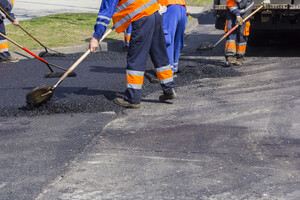
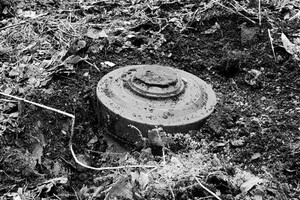

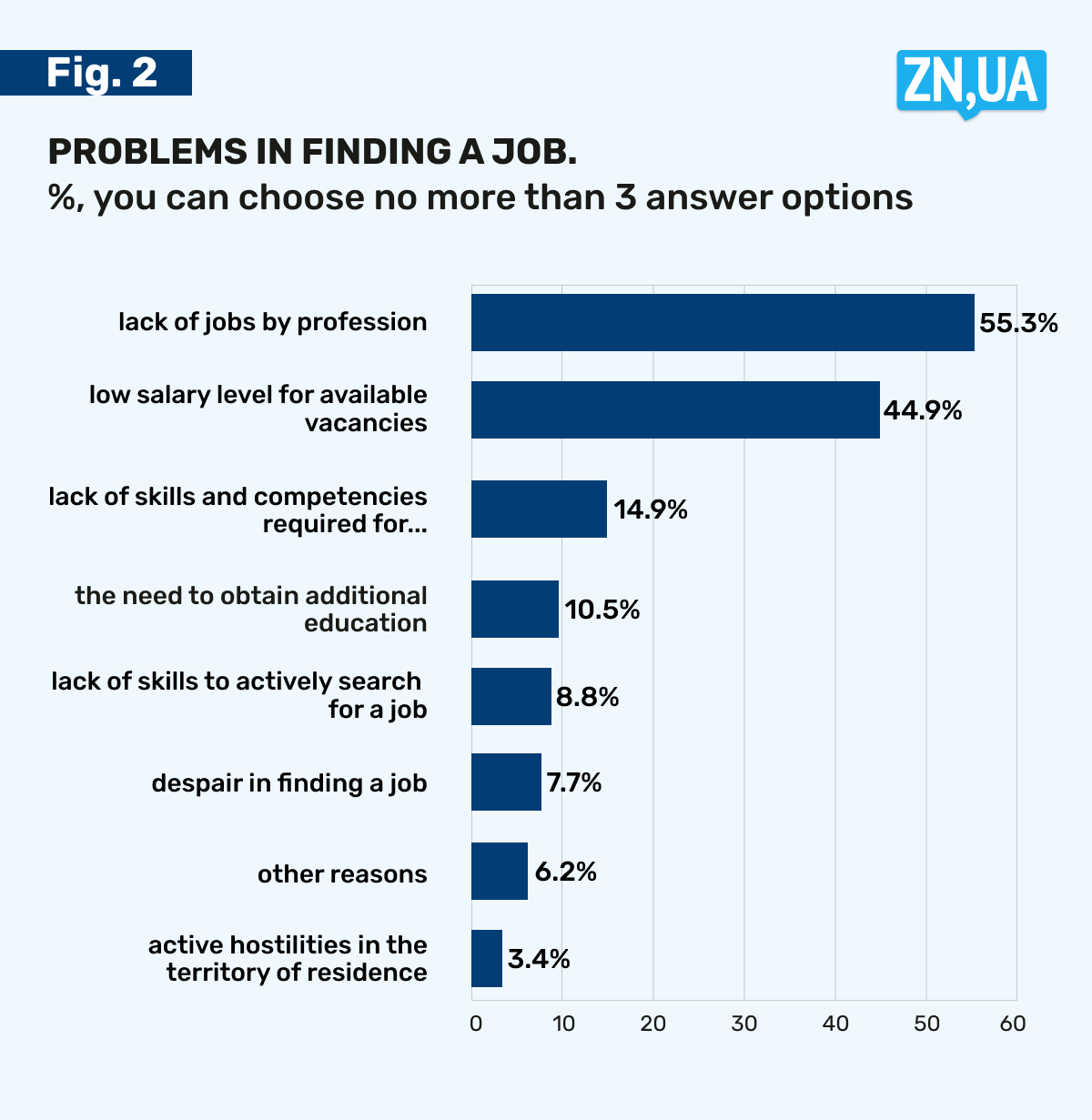
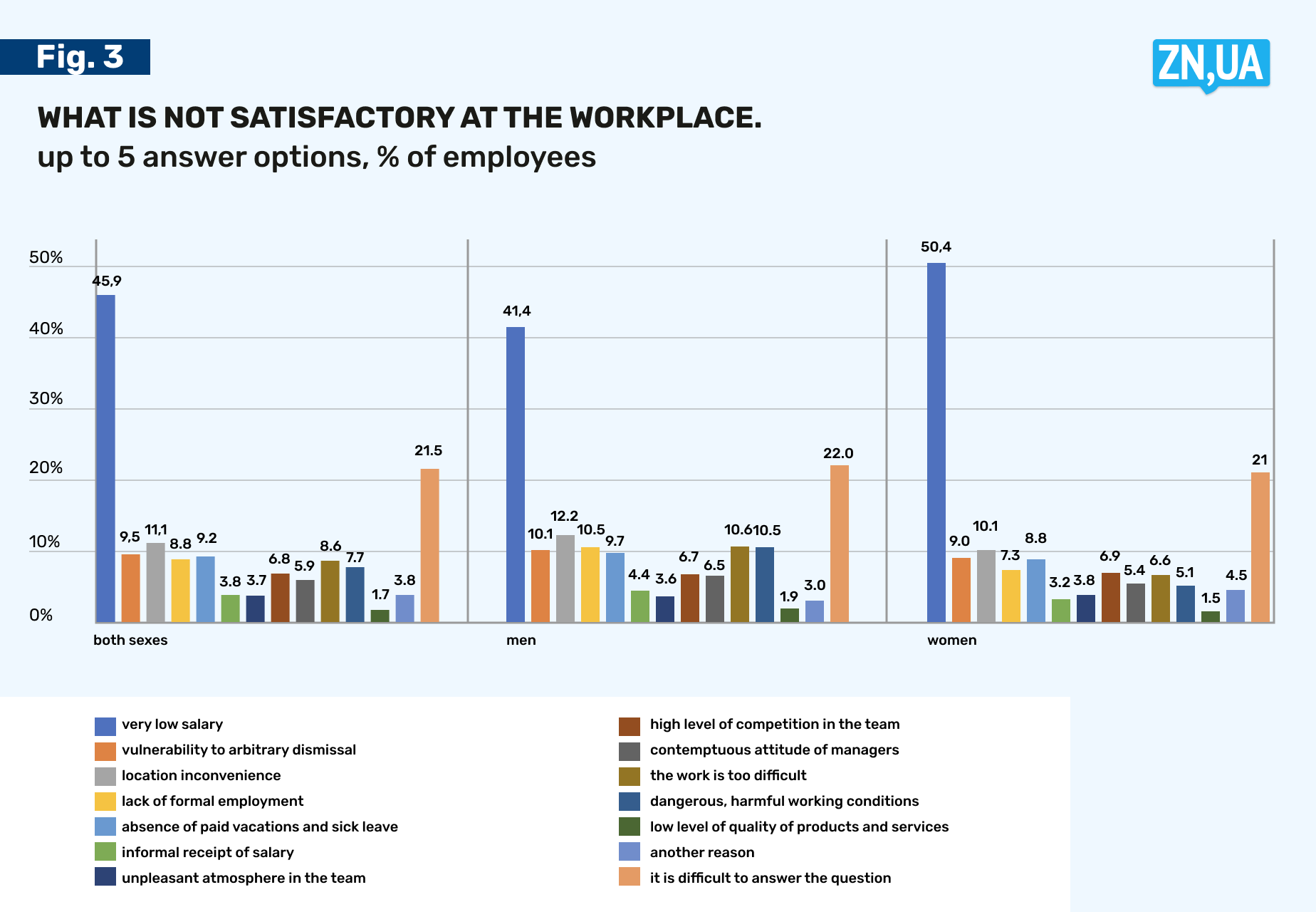

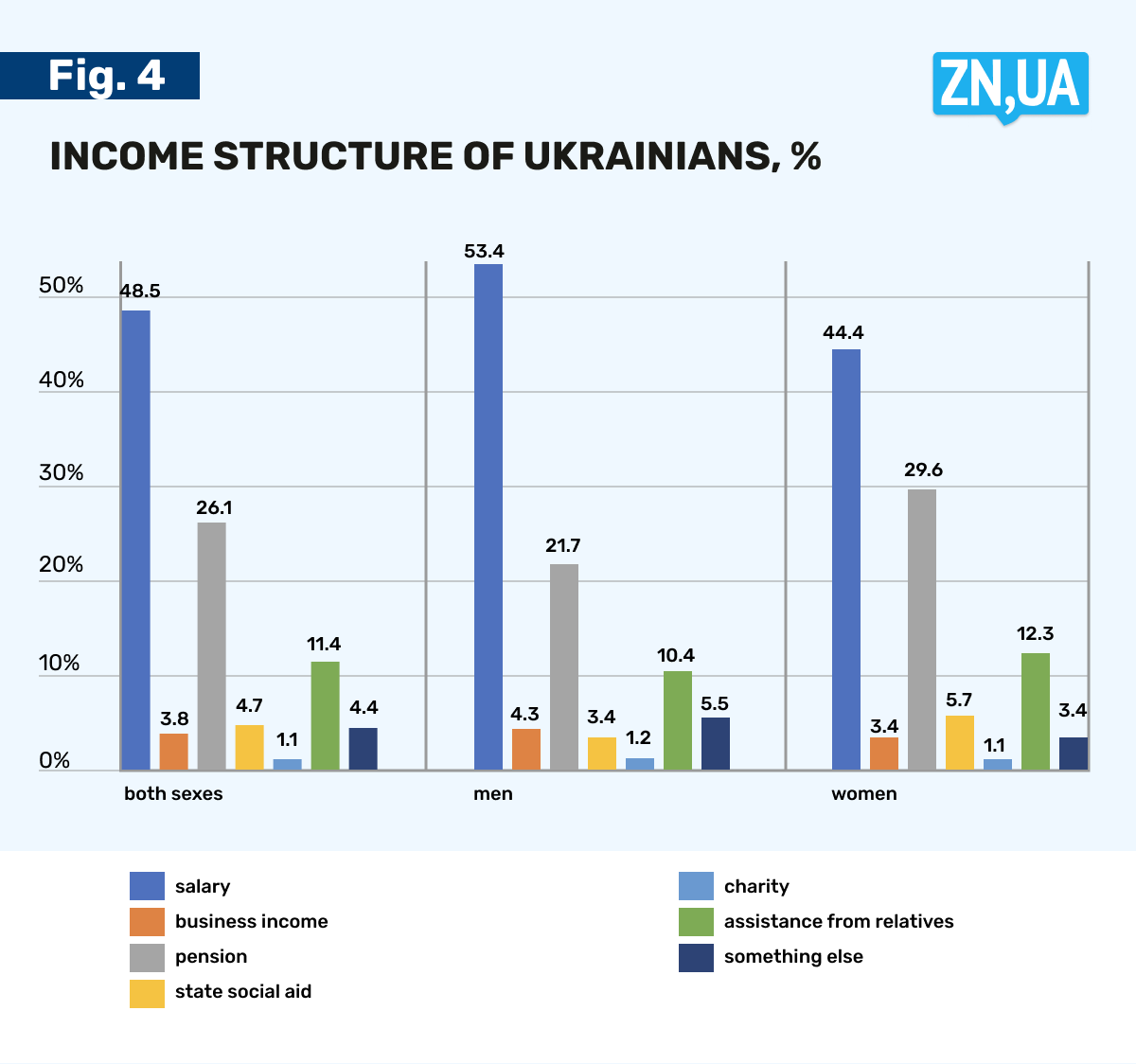
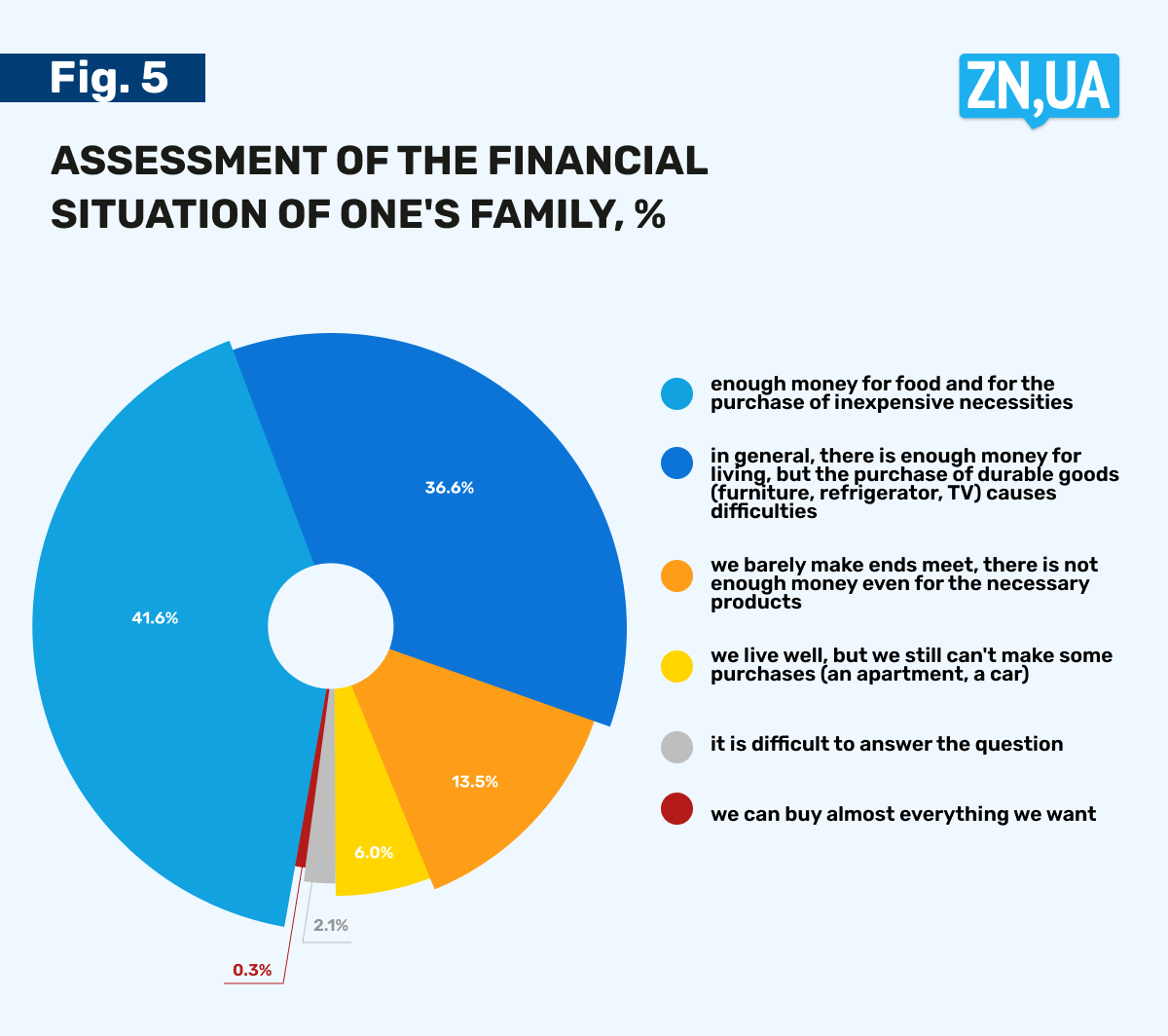


 Login with Google
Login with Google